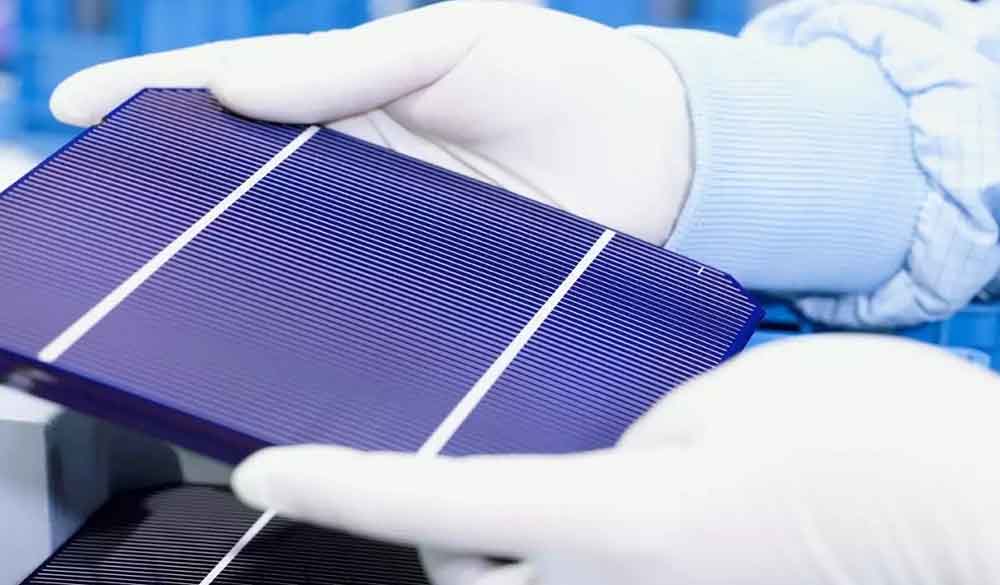
Search...
A research team at the Australian National University (ANU) has claimed an efficiency of 30.3 per cent for a tandem solar cell made by mechanically stacking a perovskite cell and a silicon PV cell.

In 2021, Australia set a “Solar 30 30 30” target of 30% module efficiency and a utility-scale A$0.30 ($0.21)/W by 2030. Now, researchers at the Australian National University in Canberra have revealed they have reached the first "30", achieving 30.3% efficiency.
The team says the perovskite and silicon tandem solar cells have ultra-high efficiencies while also enhancing the operational stability of the solar cells. Their work builds on previous records set by ANU researchers in 2020 and is supported by funding from the Australian Renewable Energy Agency (ARENA), which has committed AU$40 million to meet the Solar 30 30 30 stretch target.
Researcher The Duong said the team relied on the strengths of widely used silicon cells and perovskite cells, which are made of materials with a specific crystal structure known to improve efficiency but are notoriously unstable.
"With these tandem solar cells, the perovskite top cell can efficiently absorb blue light and transmit red light to the silicon bottom cell, generating much more energy from sunlight than each individual device," Duong said. .
Individually, the highest recorded efficiency for silicon cells is currently 26.81% in a laboratory setting, but for commercial modules it is closer to 20%.
"Being above the 30 percent mark is significant," Duong said. “Currently, this is considered to be the efficiency threshold for the commercialization of the tandem technology used in our research. The current forecast is that tandem solar technology will be in volume production by 2026. However, more work is still needed to upgrade and secure the technology. Able to remain stable in the field for 25 to 30 years.
The ANU team is now working on improving the efficiency and stability of solar cells. They published their findings in Advanced Energy Materials.